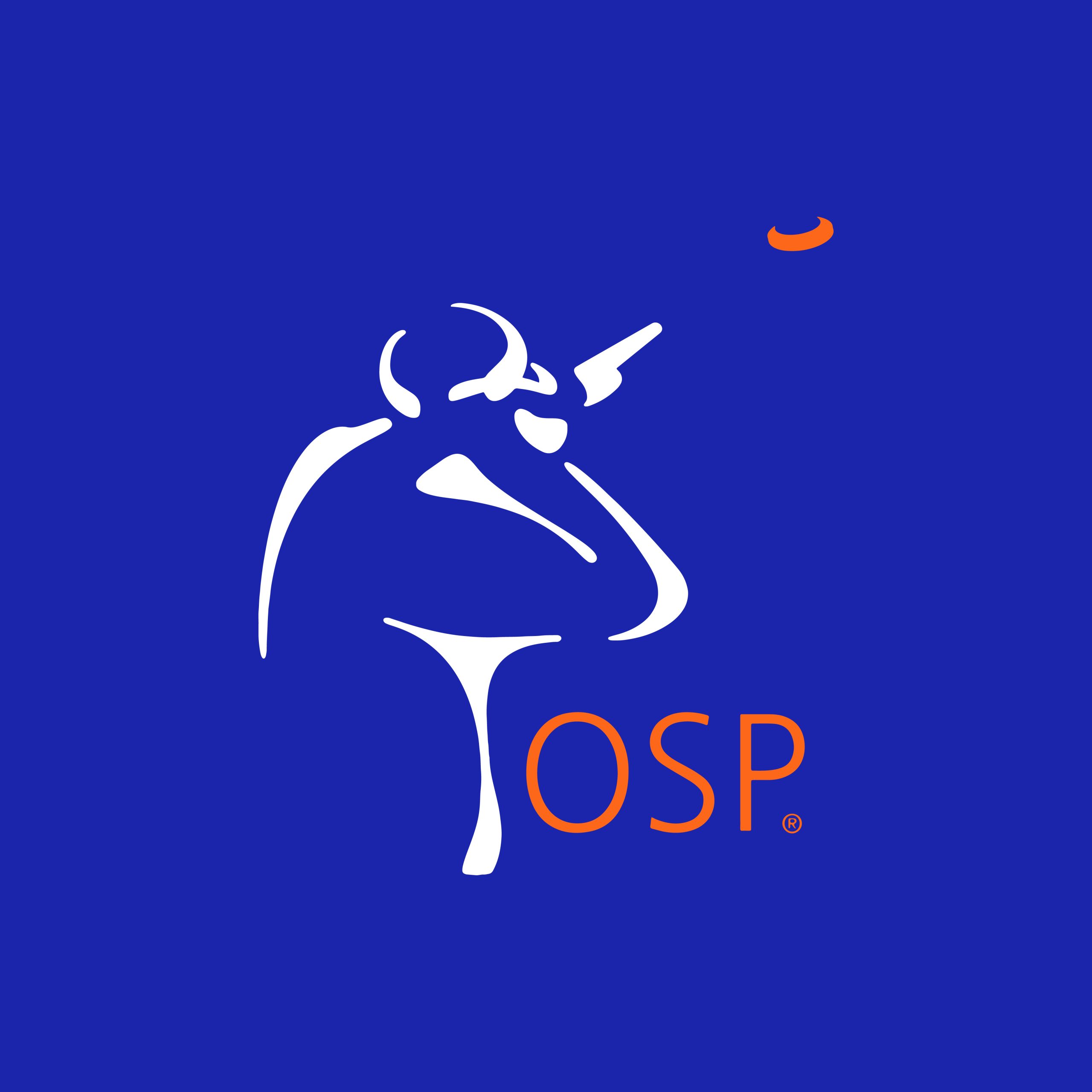The Timing Drill
The timing drill is done on a skeet field.
You go out to station eight and take three or four steps back towards station four and face the center stake. The gun hold point is over toward the high house, and the focal point is into the low house. You call “pull” and you throw only low houses.
When the bird comes out, you’re going to start mounting the gun and you’re going to watch the bird as an incomer, watch it cross the stake as a crosser, and then watch it come to the gun over by the high house.
You’re going to have to mount the gun slower than you’ll ever have to mount it in your life, but you get a lot of different speed feedback from the target. You really have to evaluate what’s going on. It stresses the timing circuit, and you do not want to finish the gun mount until the bird and the gun come together over by the high house. It really does stress the timing circuit.
We would recommend that each time you go to the range the first four or five times that you go to a skeet field, shoot 25 low house birds, working on your timing. This timing drill will stress the timing circuit, and you’ll be shocked at how much more quickly you’ll get your timing and your rhythm and your feel back. It’s an amazing thing.
It sounds too simple to be true, but the most powerful things that we’re learning that create great performances are very subtle and very simple.
Remember when you start practicing, you’re looking to get the felt connection as soon as possible. When that bird is one-third out toward the breakpoint, you need to know it’s dead. Keep shooting one target until you feel the connection early and you know it’s dead before the gun is even mounted.
Do it over and over and over and over again, and don’t forget to smile when it breaks. You’ve got to give your subconscious a pat on the back: “Good boy. You get a biscuit.” You’ve got to give it a pat on the back or it’s going to shut down.
Do nothing without a pre-shot routine, post-shot routine, and correction routine. It’s not where you missed; it’s why.
Don’t go to “I was behind.” Don’t even go there. “Behind” is not a diagnosis or a correction. You want to know why the gun wasn’t in the next dot.
What’s your focus ratio? Were you early? Was your nose on the target?
This is an excerpt from the January 2013 Coaching Hour podcast. You can listen to it and read a written transcript, along with more than 20 years of archived episodes with your Knowledge Vault membership.




